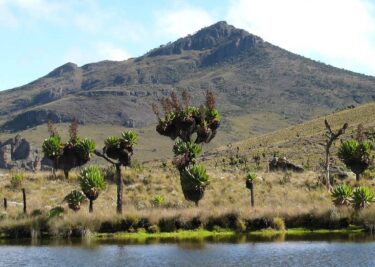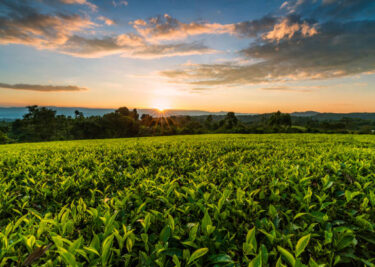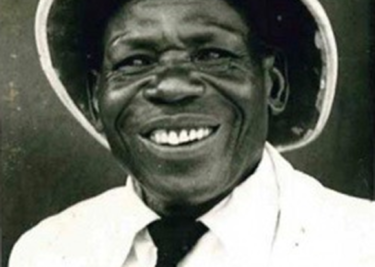Dini ya Wajaluo
The Luo are a Nilo-Semitic ethnic group made up of several sub-communities who were originally based in present-day Sudan. Over the centuries, some of the communities dispersed to other areas, and they currently live in a range of Northern, Eastern and Central African countries including Egypt, Uganda, Congo-Kinshasa and more. The Luo sub-groups who migrated to Kenya settled in the western region of the country, along Lake Victoria, known in Dholuo as Nam Lolwe.
A Multiplicity of Perspectives
As diverse as their localities are, so are their names for and conceptualizations of god. The Acholi and Lango refer to god as Jok, while the Jopadhola in Uganda and the Joluo in Kenya borrowed their names for god from their Bantu neighbours, with the former referring to god as Were, and the latter, as Nyasaye. The Kenyan Joluo also have another name for god: Obong’o Nyakalaga. In Dholuo, obong’o means one, and lak means creeping, and, so, Obong’o Nyakalaga is a life force that creeps within the human body and the wider universe or a singular thing that flows everywhere.
Other Luo conceptualizations of god include the belief that Jok is a mystical or vital force that has the power to intervene in human affairs. Jok can manifest in multiple forms and entities including taking on anthropomorphic form and manifesting through natural occurrences such as lightning or tornadoes, during passage through the earth. Amongst the Luo, there are also those who do not conceive of god in tangible form, but instead believe that god is the idea which represents goodness itself.
The Luo Spirit Realm
The essence of indigenous Luo spirituality is the acknowledgement of the existence of spirits which can influence or be influenced to the benefit or detriment of the community. There are many terms for spirit within the Luo community, including aka kwoth and juok, used by the Nuer and Shilluk, respectively, while the Kenyan Joluo use a similar term, juogi, to refer to spirits linked with ancestors. It is believed that the souls of the dead merge with the spirit of Jok to form a single entity. Indeed, within the Dinka sub-community, a group of ancestral spirits is referred to as jok.
Luo spirituality also involves an element of animism, which is the belief that all natural material elements, including animals, plants, and objects, possess a distinct spiritual essence. Juogi can take the form of totem animals such as snakes, the most famous of all being Omieri, the 15-foot python of Nyakach who was believed to bring good luck in the form of heavy rainfall and good harvests.
Luo Religious Practitioners
Amidst the Joluo, there are those who are regarded as specialists and are consulted over medical and socio-cultural issues. These people are called ajuoke; they are regarded as the healers and diviners of the community. The legendary Gor Mahia is one such practitioner. He inhabited the spirit of his forefather Obunga Osewe, and his foresight brought much prosperity to the people of Homa Bay.
As spiritualists, ajuoke can consult juogi for assistance in diagnosing certain illnesses and antisocial behaviour or eliminating bad spirits known as jochiende. Ajuoke also make use of certain tools for their divination. There are pebbles and shells called gagi, a divining board called mbofua and a gourd called ajawu. Both men and women can be ajuoke, and they undergo training to be able to explain the meaning of clients’ dreams and visions through various methods such as casting the gagi and interpreting their arrangement.
Do you know any other aspects of this dynamic religious practice? Please share with us in the comments.



